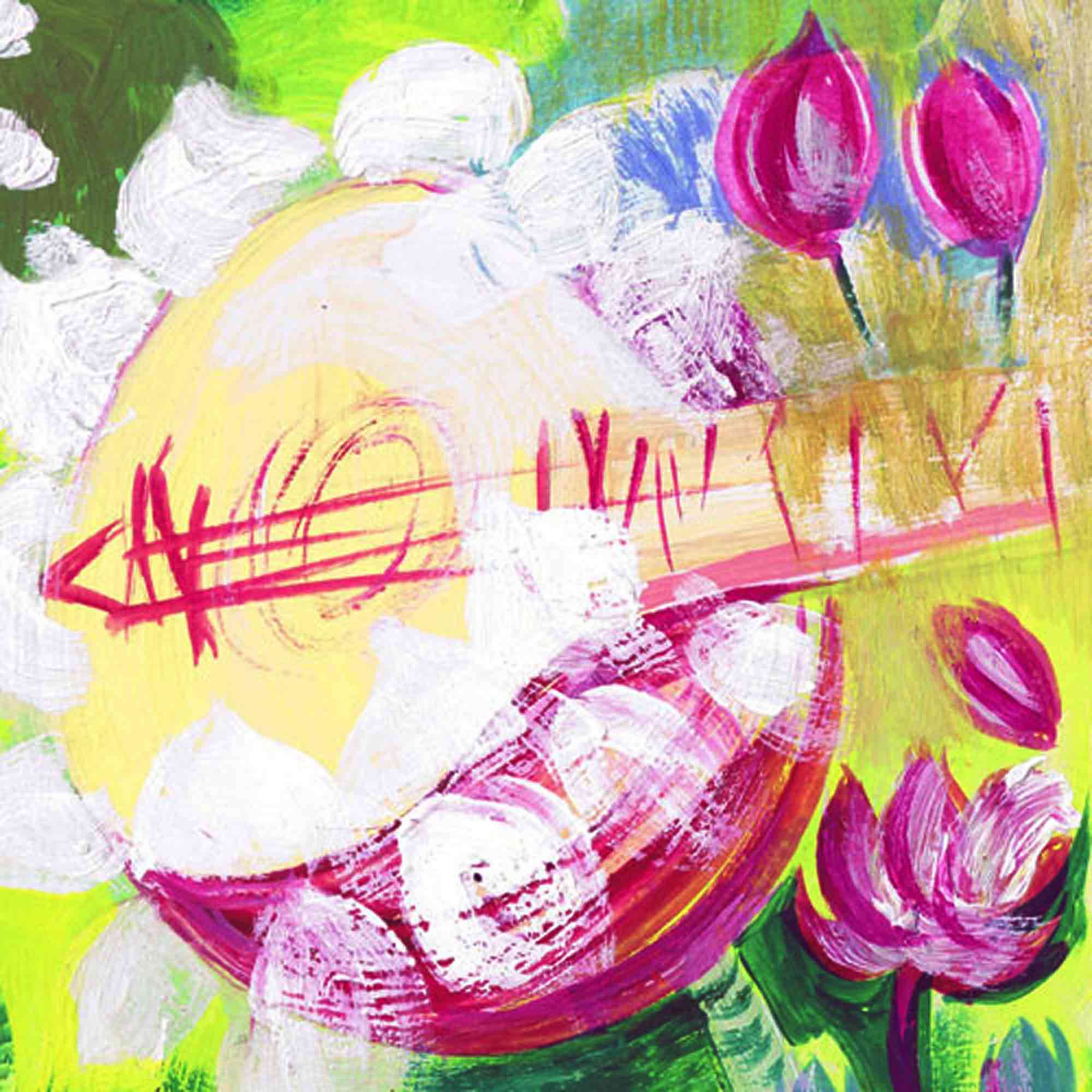Livre-CD en Français (2001) recommendé par Ludwig Pesch
Cet essai éclaire les traditions millénaires de la musique classique de l’Inde de Sud, transmise le long d’une chaîne orale continue de maître à disciple. L’auteur nous plonge dans les arcanes du raga et des émotions qu’il suscite et développe les clés des concordances symboliques et de l’apprentissage de cette musique carnatique considérée comme une voie spirituelle pour atteindre la libération du moi individuel et son union à l’universel.
Le CD tente de reconstituer les différentes phases d’un concert de musique carnatique avec notamment la voix d’Aruna Sayeeram et le violoniste T.N. Krishnan.
Un extrait du titre n° 6 est disponible à l’écoute.Les titres du CD
1. Varnam : Om pranava ; Raga : Mayamalavagaula ; tala : adi (Aruna Sayeeram : chant) : 5’36
2. Kriti : Marivere gati ; Raga : Anandabhairavi ; tala : misra chappu (T.N. Krishnan : violon) : 14’15
3. Kriti : Vallabha nayakasya ; Raga : Begada ; tala : rupakam (Dr Semmangudi R. Srinivasa Iyer : chant ; L. Subramaniam : violon) : 8’01
4. Raga : Alapana ; Raga : Kamboji (T.R. Mahalingam : flûte ; L. Subramaniam : violon) : 3’05
5. Kriti : Raga ratna malikace ; Raga : Ritigaula ; tala : rupakam (V. Doreswamy Iyengar : vina) : 15’50
6. Alapana et kriti : Marakata mani ; Raga : Varali ; tala : adi (D.K. Pattammal : chant) : 9’28
7. Padam : Ninnu juchi ; Raga : Punnagavarali ; tala : tisra triputa (Aruna Sayeeram : chant) : 9’28
8. Tillana ; Raga : kapi ; tala : lakshmsam (Trivandrum R.S. Mani : chant) : 2’02Enseignante de formation, Isabelle Clinquart a vécu pendant dix ans au Kerala, où elle a appris la danse et le chant de théâtre kathakali, ainsi que la musique carnatique. Elle a donné ses premiers concerts en 1997 et s’est produite régulièrement au Kerala tout en poursuivant son apprentissage.
21,00 € disponible
Collection : musiques du monde
179 pages
Illustrations 35 N&B
14 x 18 / Livre-CD broché / 2001 2-7427-3324-8
Source: Librairie en ligne – Cité de la musique
Address : http://www.cite-musique.fr/boutique/article.aspx?a=890
Date Visited: Wed Nov 02 2011
Voici un livre bienvenu pour le lecteur francophone qui ne disposait jusqu’ici d’aucun ouvrage général et synthétique sur la musique classique du sud de l’Inde abordant en sept courts chapitres à la fois son évolution historique, sa théorie esthétique (théorie des rasa), son système musical (théorie des raga et des tala, règles d’improvisation), les modalités de son apprentissage, ses instruments ainsi que la description générale du déroulement d’un concert.
Source: Worldcat.org where you also may find a library copy near you >>



